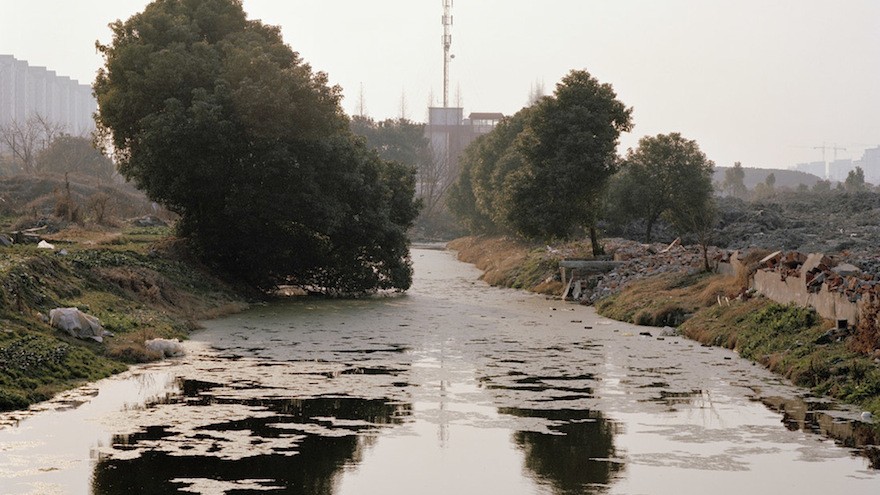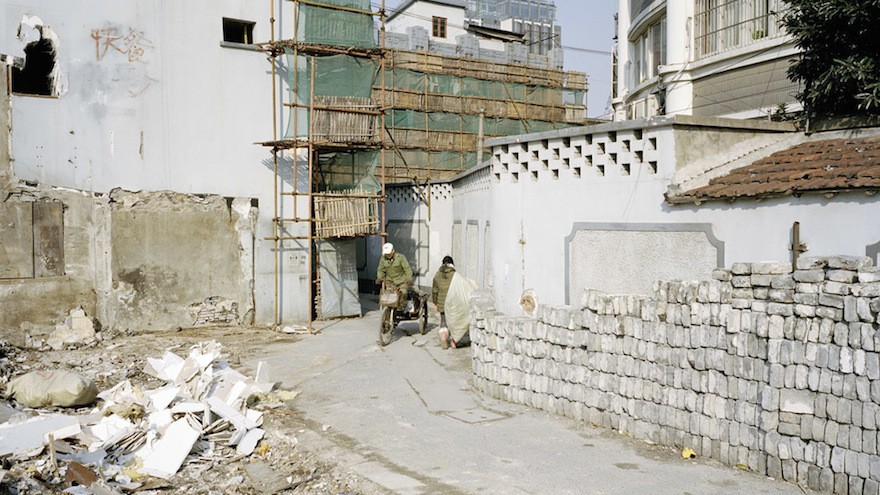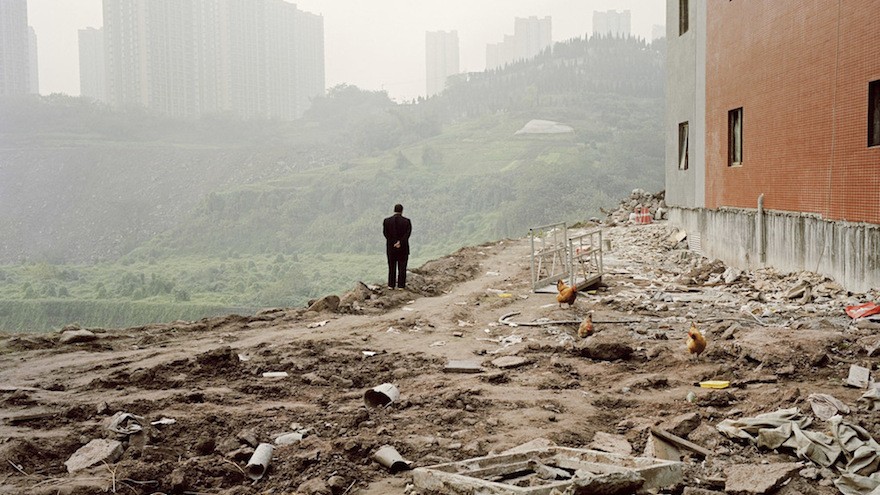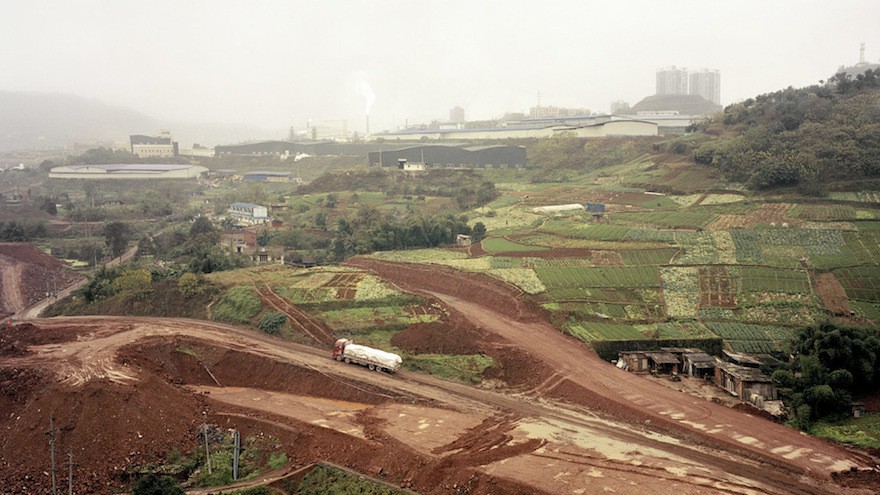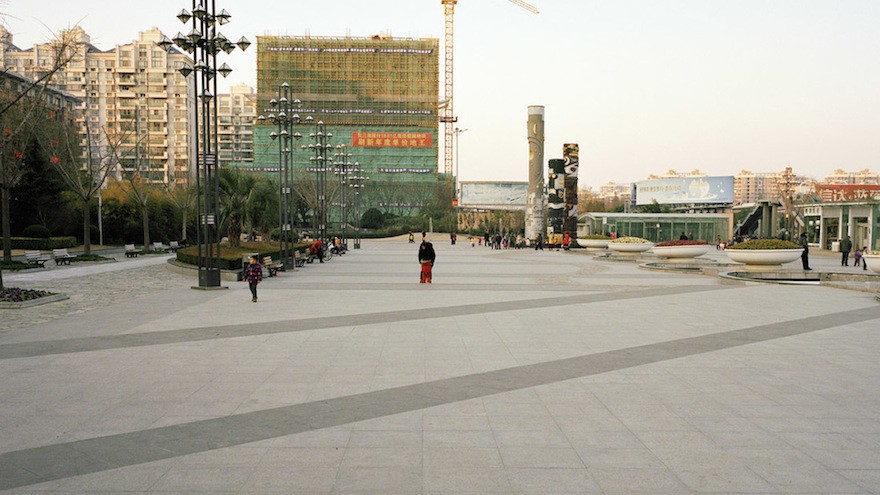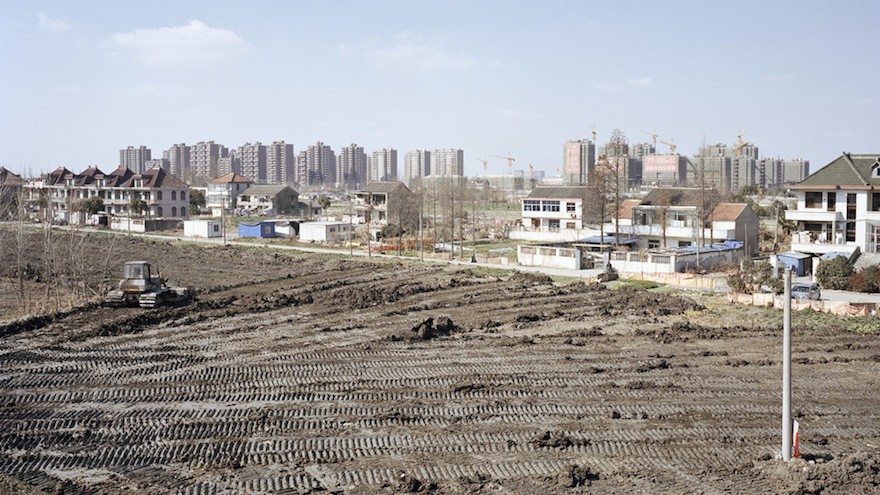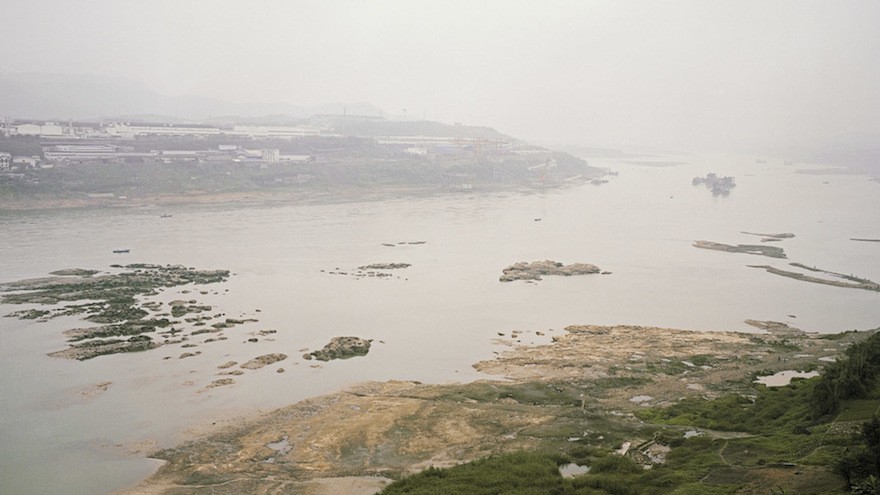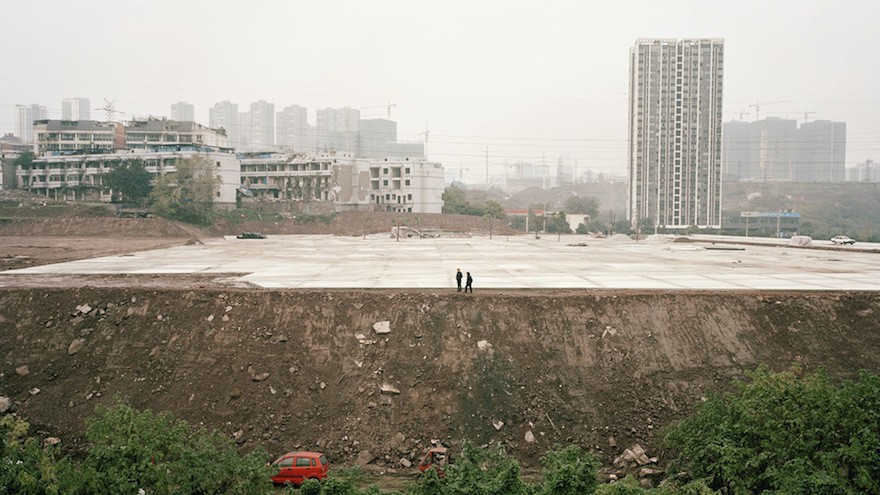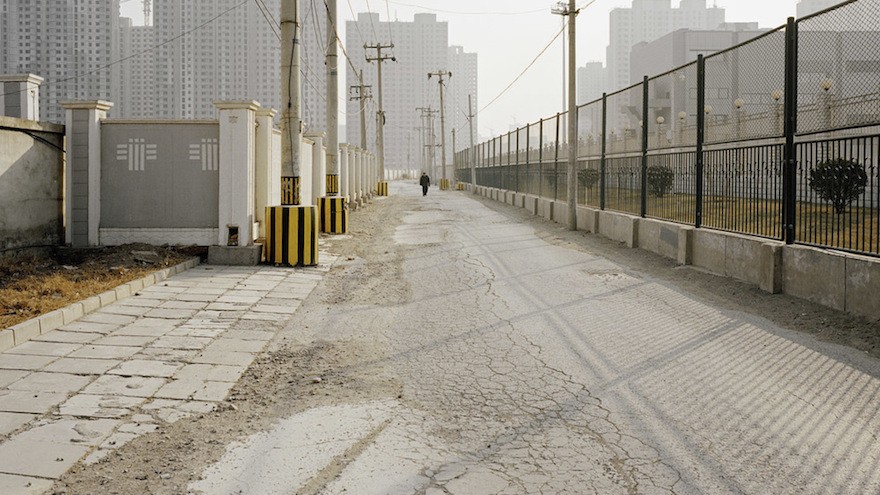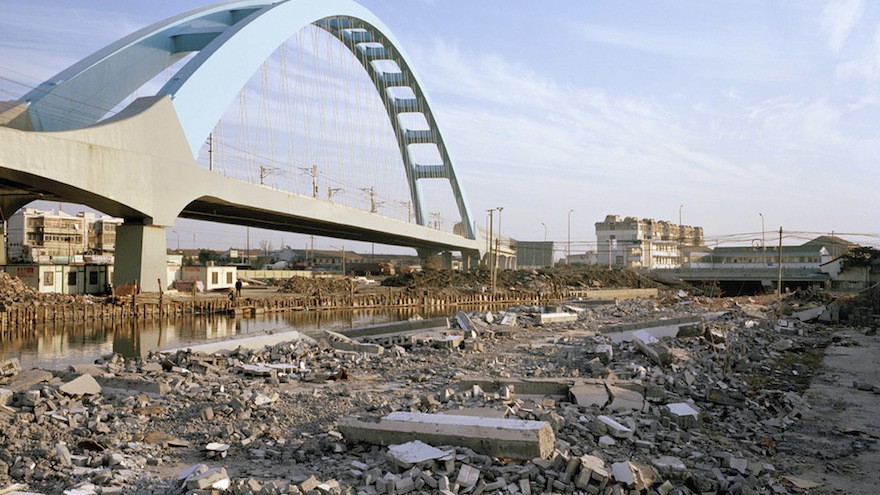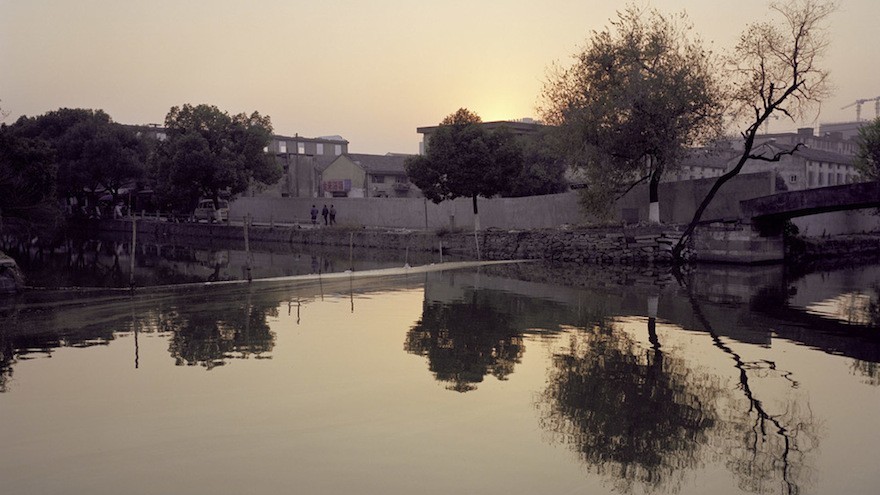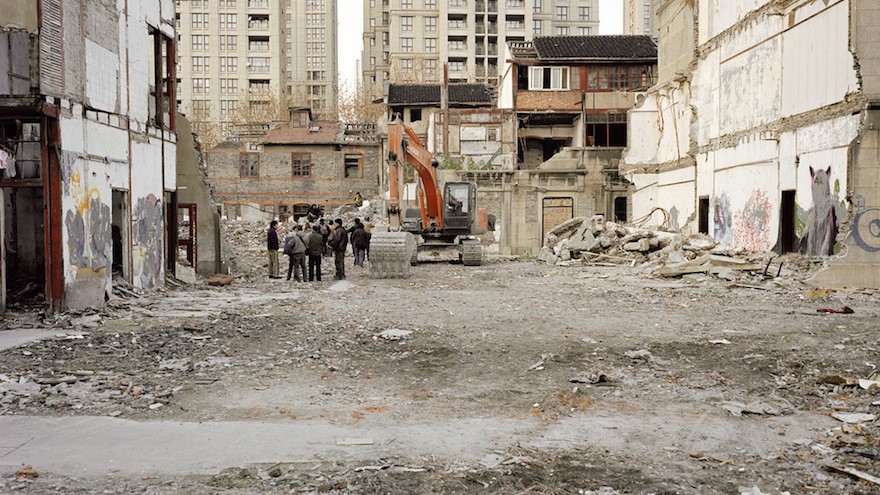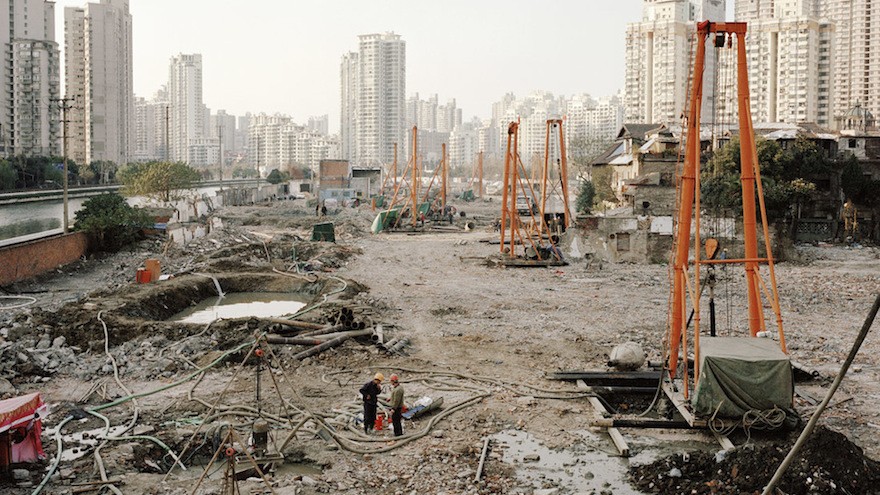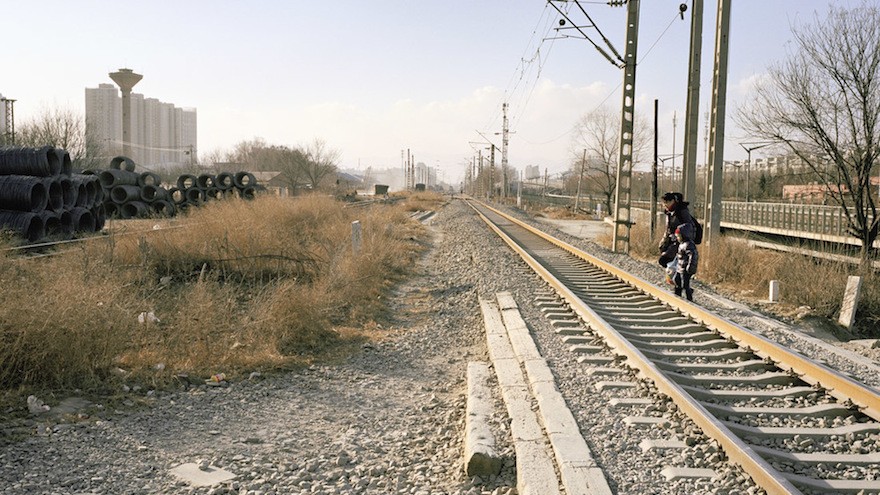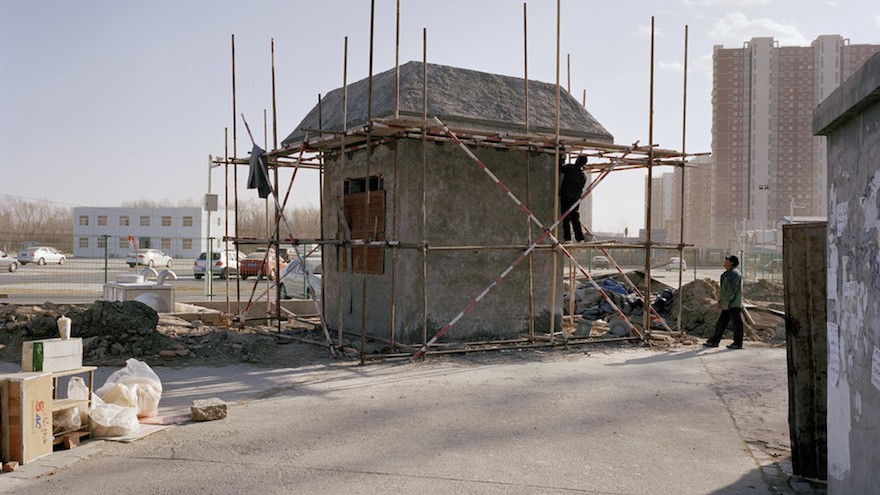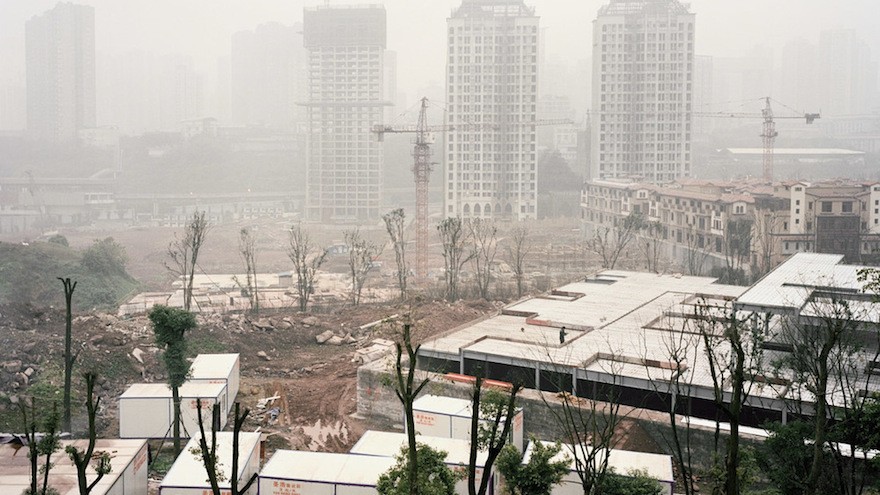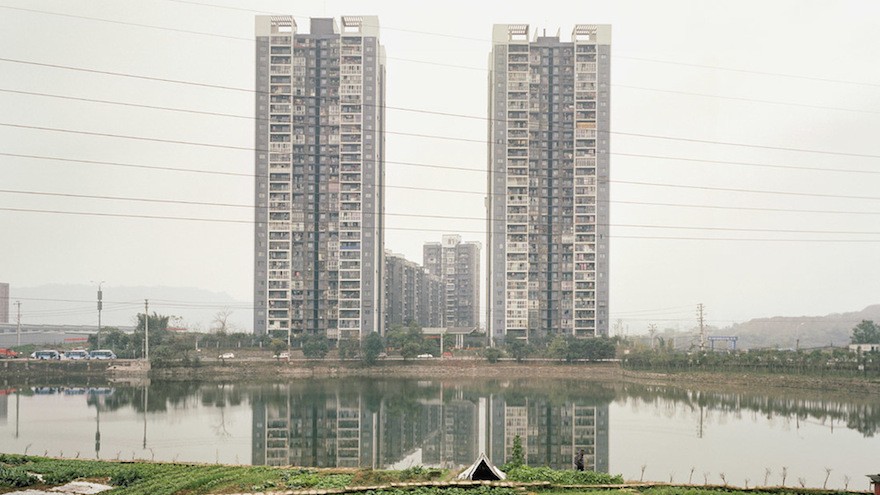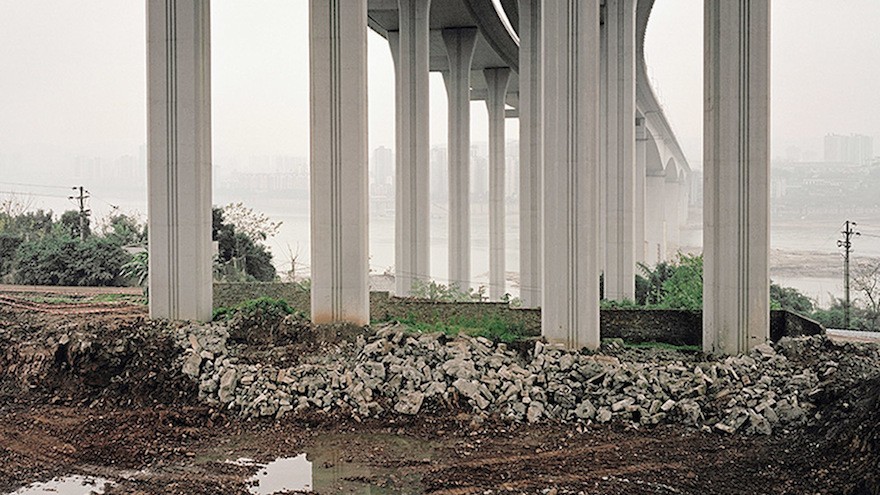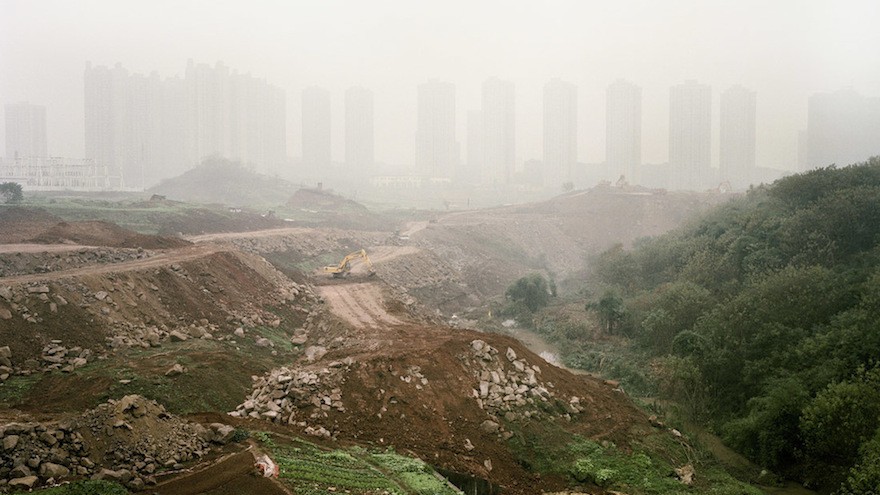Gabriel Murad picked up a Best Of Show Award for The Great Leap at the D&AD New Blood Awards this year. His powerful photographic series depicts a rapidly transforming Chinese landscape, where he documented the areas of urban farmland and the suburbs that are swiftly being replaced by skyscrapers and high-rise apartment buildings.
Murad’s photo series, The Great Leap, derives its name from The Great Leap Forward that took place in 1958, when Mao Zedong made an ambitious attempt to modernise China’s economy in order to rival the economy of America by 1988.
“My interest in Chinese culture led me to explore the topic of Chinese urbanisation. In the last few years as China has gained notoriety for its economic success, I wondered how much would be left of the old China,” says Murad.
In the space of three months Murad closely observed four major areas, Beijing, Shanghai and Chongqing, and the port of Ningbo. He wandered through abandoned buildings ready to be demolished, but that appeared to be modern and not in any state of decay. He spoke to the locals that still lived in only partly demolished areas, many of whom were unhappy with the price they were offered for their properties and were refusing to leave.
“The decision to focus on these cities was selected because of the correlation to their significance to China’s success and rapid growth,” explains Murad.
Each city had surprising elements to its landscape and the way it was being built up. However they all had a commonality, which was rapid urbanisation and reconstruction.”
China’s urbanisation began almost 4,000 years ago after Neolithic building villages appeared in river valleys, but now urbanisation is happening at an unprecedented scale. Murad noted that certain areas within cities that are already developed and built up are not common tourist interest areas, yet still have vast amounts of demolition and reconstruction.
“Once I had visited an area I would normally return there a few times afterwards to fully explore the area and would find all kinds of unusual construction taking place on a scale that far exceeds anything I had ever seen before,” Murad noted.

